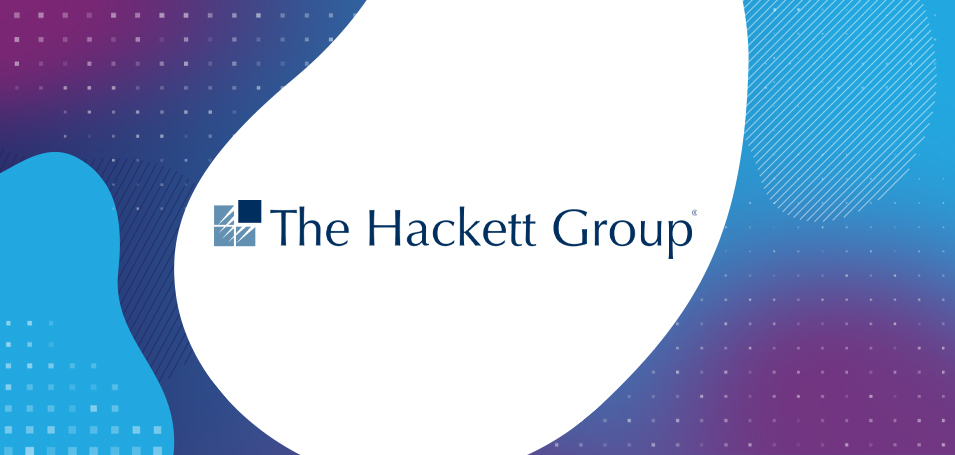The learning management system (LMS) you use to train your customers is a pivotal part of your business. That’s because a customer who doesn’t understand your products and services is a customer who may soon be contributing to your churn numbers.
You need to teach them how to draw ongoing benefits and value from your offerings.
That’s why it’s so crucial to understand the ROI from your customer training LMS. You don’t just need to know the exact training costs of your learning and development initiatives; you need to be able to justify those costs to your stakeholders. And ROI makes that possible. Think about your goals and how your available tools can get you there.
Consider these factors and key metrics – from customer acquisition to brand loyalty – that provide a better sense of your LMS ROI.
What Is ROI and Why Is it Important for a Customer Training LMS?
Simply put, ROI (return on investment) is a formula for calculating how much money you’re spending and how efficiently that money is being used.
When it comes to finding the right learning management system for your business, you need to be able to host and administer all the training content your customers require. But to feel confident that you’ve done that, you must be able to gauge your success.
Calculating LMS ROI allows you to measure the practical results of your attempts to influence and inform customer behavior.
Advantages of effective LMS can include:
- Better budget allocation
- Lower administration costs
- Improved training strategies and more streamlined training processes
- Higher employee satisfaction and employee productivity
Maximizing the ROI of an LMS means more engaged employees, more active customers, and more informed senior management. While there are common difficulties in determining these figures, such as qualifying the intangible benefits of your LMS solutions, the ultimate impact on customer behavior is well worth it.
Here’s the formulaic breakdown of calculating LMS ROI.
Breaking Down the ROI Formula
When it comes to the LMS ROI formula, it couldn’t be simpler:
ROI = (Net Profit/LMS Cost) x 100
That’s it. But let’s define those terms more clearly.
Your net profit is the total revenue generated (or cost savings) minus the amount you’ve invested in bringing your LMS online. That means if your LMS earned you an additional $50,000 in its first year, and it cost $20,000 to get up and running, your net profit for its first year was $30,000.
Of course, looking at your overall operations and determining costs and earnings is easier said than done. Here are the five main steps to follow.
Step 1: Identify All Costs Associated With Your LMS
Before you can determine whether it’s time for a new LMS—or how efficient your options are—you need a clear sense of what it will cost to get it up and running. That means accounting for factors including:
- Initial setup costs: Look at implementation costs, software licensing fees, and integration costs.
- Ongoing costs: What will ongoing maintenance costs be? What about the resources you’ll need for ongoing technical support or content development expenses?
- Hidden costs: It’s impossible to predict every dollar you’ll need to spend down the line. Remember that costs may arise from unexpected sources, like training expenses, sudden user count increases, and integrations.
Identifying any and all costs associated with an LMS can be tricky. But it’s an essential part of calculating your LMS ROI.
Step 2: Define the Key Benefits of Your LMS
You’ll also want to define your LMS’s key benefits and design an LMS buying strategy that is aligned with your broader organizational goals.
Ask yourself:
- Does it make us more efficient?
- A good LMS will provide faster onboarding processes, quicker training times, reduced training costs, automation of administrative tasks, and more. One quiet but impactful benefit is equipping personnel with better information and notes they can reference via old lessons to be more self-sufficient.
- Does it improve our performance?
- Your LMS is working if it’s helping you decrease customer churn, maximize employee retention, and increase product usage and revenue generation. You’ll also want to see decreased customer support inquiries, which means more time for employee development.
- Does it keep our customers satisfied?
- A successful LMS provides online training programs and personalized learning paths that, ideally, go well beyond those provided by more traditional training methods. You’ll want to see significant impacts on the customer Net Promoter Scores (NPS) that lead to repeat business.
Step 3: Quantify the Tangible and Intangible Benefits
It’s good to know what you’re looking for from your LMS. But how can you quantify those benefits? You’ll want to look at both tangible and intangible benefits.
Ask yourself questions such as:
- How many people enrolled in each training course?
- How many people attended?
- How many times were individual pieces of content selected?
- How many enrollees or attendees actually completed the training materials?
This information will help gauge whether your reduced development costs and additional training efforts have led to increased sales numbers or higher customer retention rates.
On the back end, it’s important to follow up. This will allow you to measure more intangible benefits, from lasting brand loyalty to improved customer experience.
Many customers will leave a brand after only a few bad experiences, so it’s important to use NPS scores and other metrics to track whether your customer training is producing the desired results.
Step 4: Use a Simple Formula to Calculate ROI
With all the above data, you can calculate your ROI! As a reminder, here’s the basic formula:
ROI = (Net Benefits/Total Cost) x 100
Say that you’re serving 300 customers, with an annual churn rate of 20%, and the new LMS you’re considering will allow you to train, on average, 30 customers.
The big question is whether those 30 better-trained customers will significantly affect your churn rate. If it drops from 20% to 10%, that leads to cost savings, boosts ROI, and provides a compelling argument for implementation!
When choosing your LMS, keep in mind that integrations with software such as Salesforce or Zendesk may make it easier to run these numbers. Make sure you know your options and do your research when it comes to ROI tools.
Step 5: Present Your Findings to Stakeholders
Finally, none of this information does you any good unless it’s shared with key stakeholders. You want to present a compelling case for your LMS ROI, which means convincing senior management of its impact. Here are a few tactics to keep in mind:
- Visualize the data: Some people are better with data than others, but visual elements are always compelling and useful. Whether you use charts, graphs, or other visual presentations of dry data, make your presentation as compelling as possible!
- Address key concerns: You may already know that your LMS is delivering. But that doesn’t mean your audience is already convinced. Anticipate likely objections, questions, or sources of confusion to keep yourself on track. Be sure to emphasize the strategic value of your management system and training initiatives.
- Highlight success stories: Move things beyond the hypothetical. Showcase specific, clear examples of how your LMS has already worked, and consider incorporating testimonials from satisfied customers. Stakeholders may balk initially at new content development expenses or other costs, but it’s hard to argue with solid evidence of revenue generation!
Additional ROI Factors to Consider
When it comes to your LMS, there are so many factors that can affect its ROI. Make sure you’re accounting for the following:
- Reduced help desk and customer support costs
- Increased employee productivity, allowing for higher-value customer interaction
- Additional revenue streams from advanced courses or training certifications
- New customer acquisitions due to marketing opportunities baked into LMS training
Calculating Costs: Fixed vs. Variable LMS Costs
When calculating your ROI, it’s important to have as much information as possible. However, understanding your system’s costs is absolutely essential.
Some costs are fixed: it’s easy to figure out how much money it will cost to implement your LMS and establish training. Others will vary, such as annual licensing fees or the expenses of creating new training content.
Understand the concrete numbers behind your LMS before calculating your ROI, whether a cost is a one-time fee or an ever-evolving investment.
Realize Greater ROI Through Learning
When forecasting your LMS ROI, it’s better to be safe than sorry. Take a conservative approach to your estimates and ensure you expect the unexpected.
Interested in learning more? Download the Thought Industries ROI Recipe to get started, explore our other tools, and schedule a demo today!




